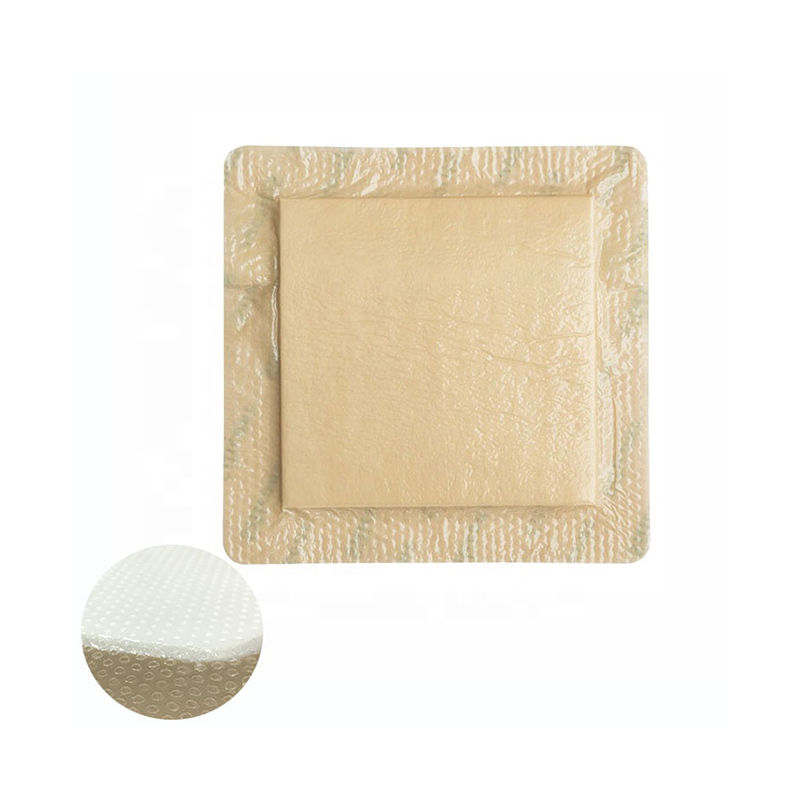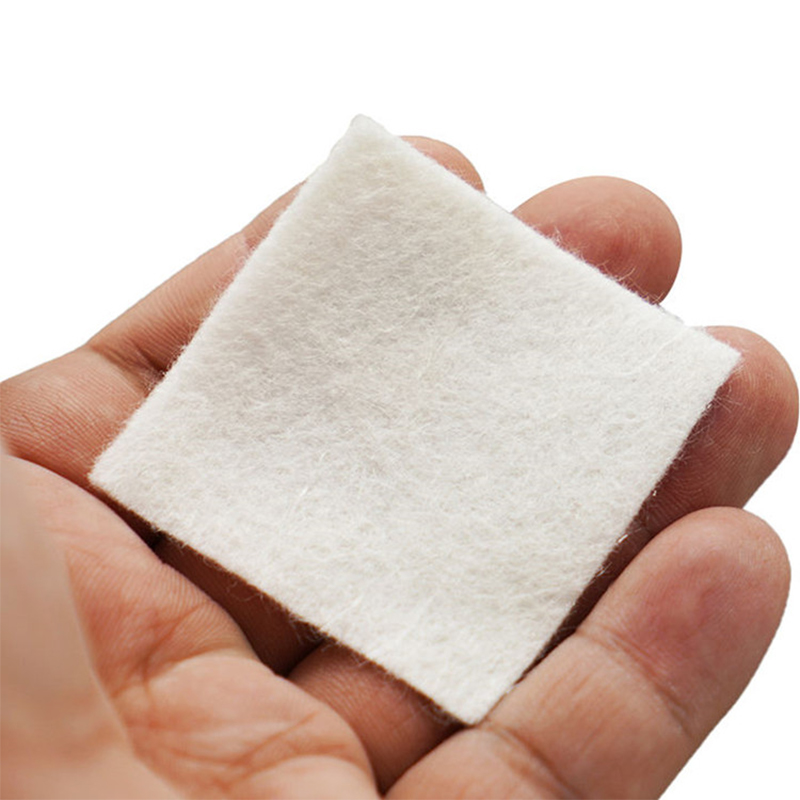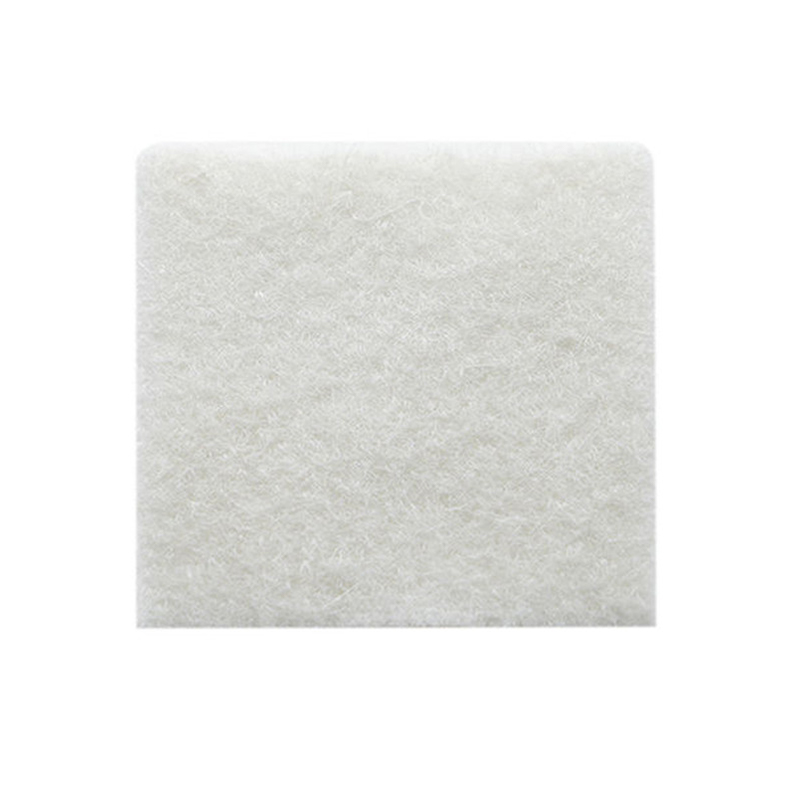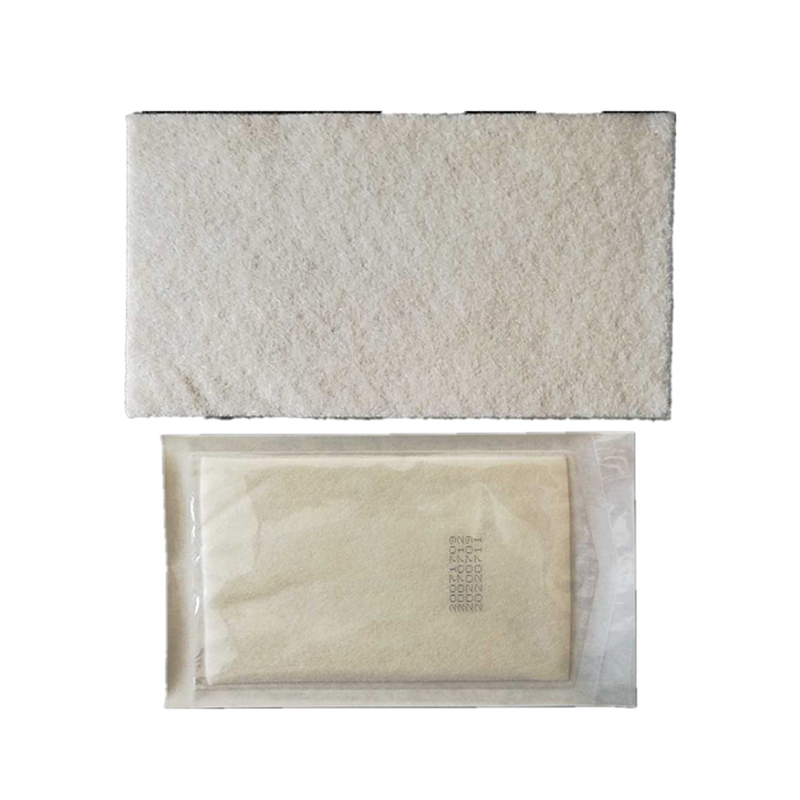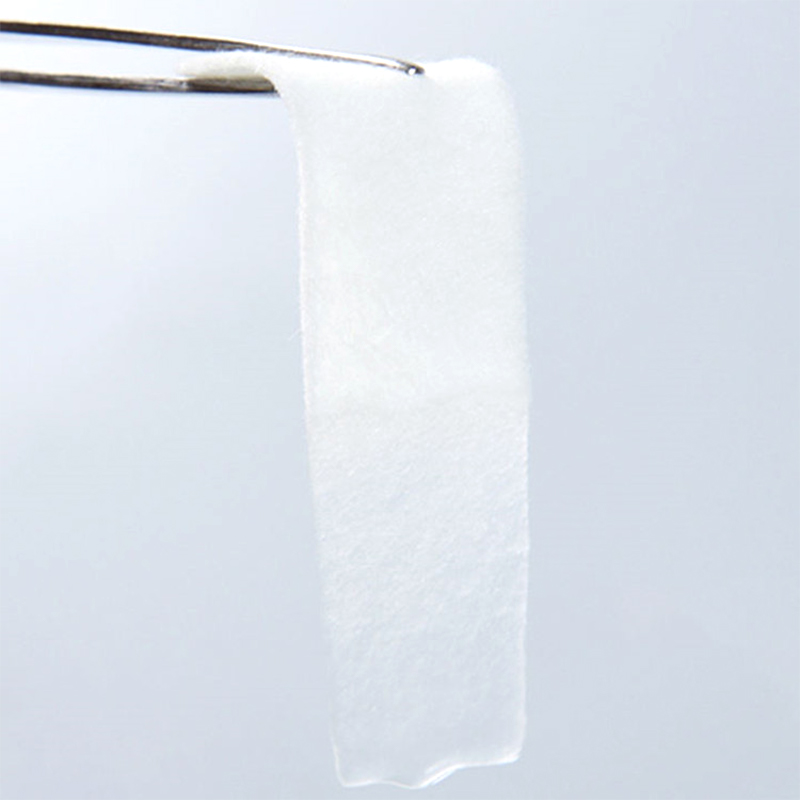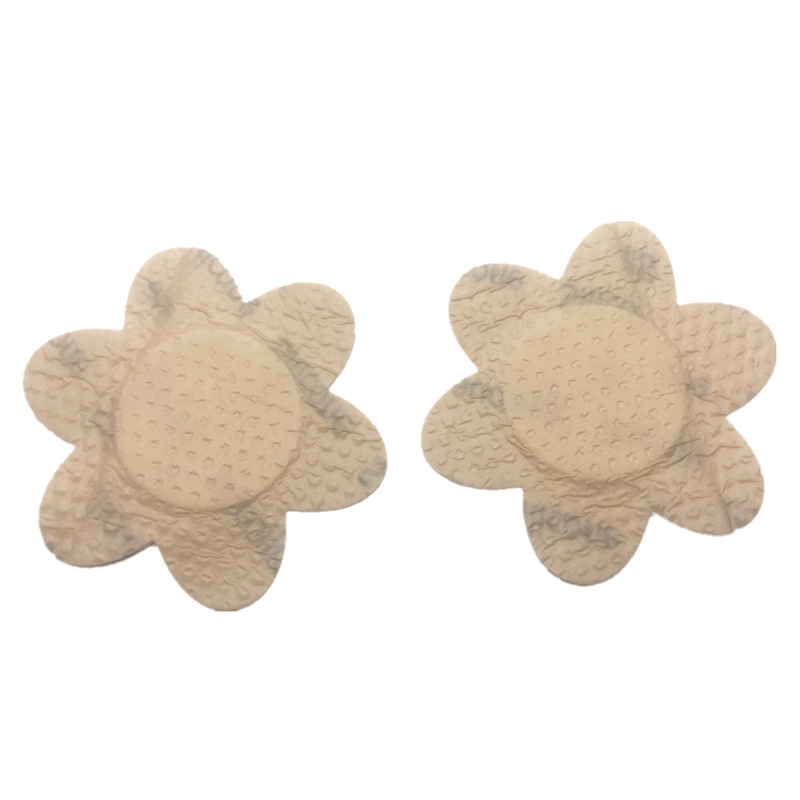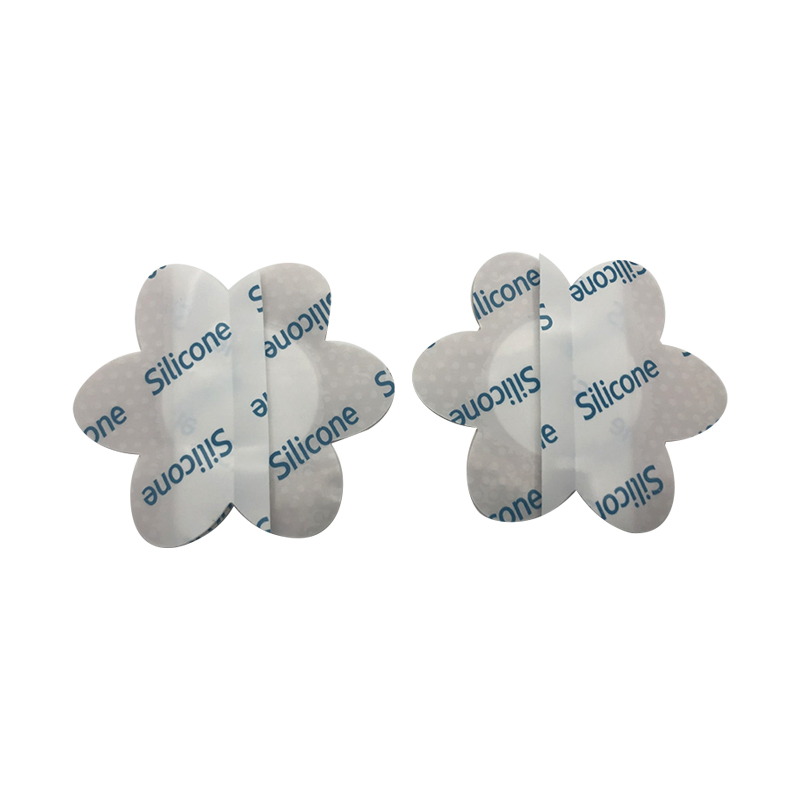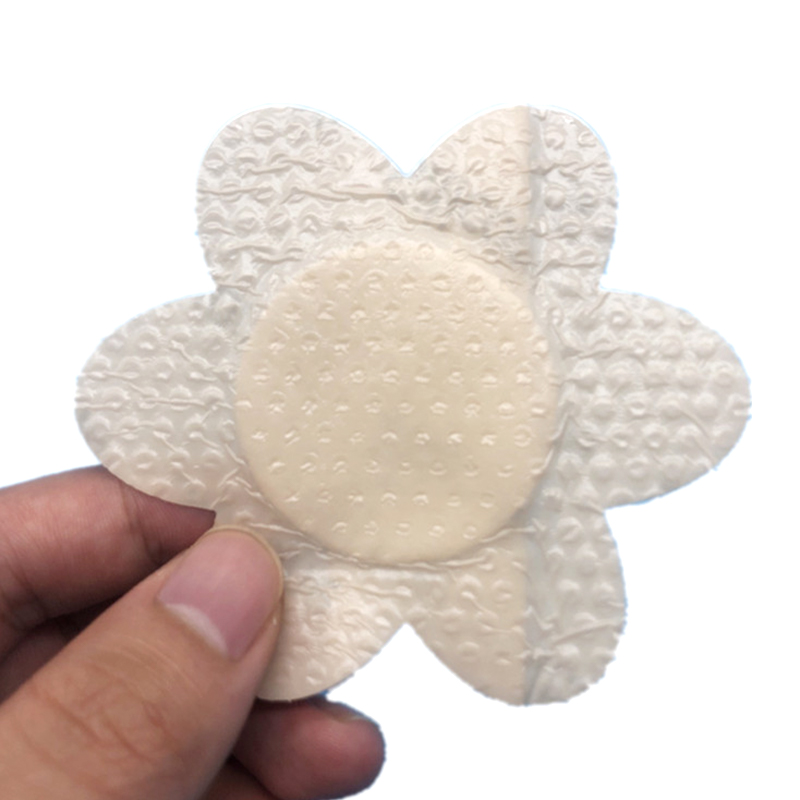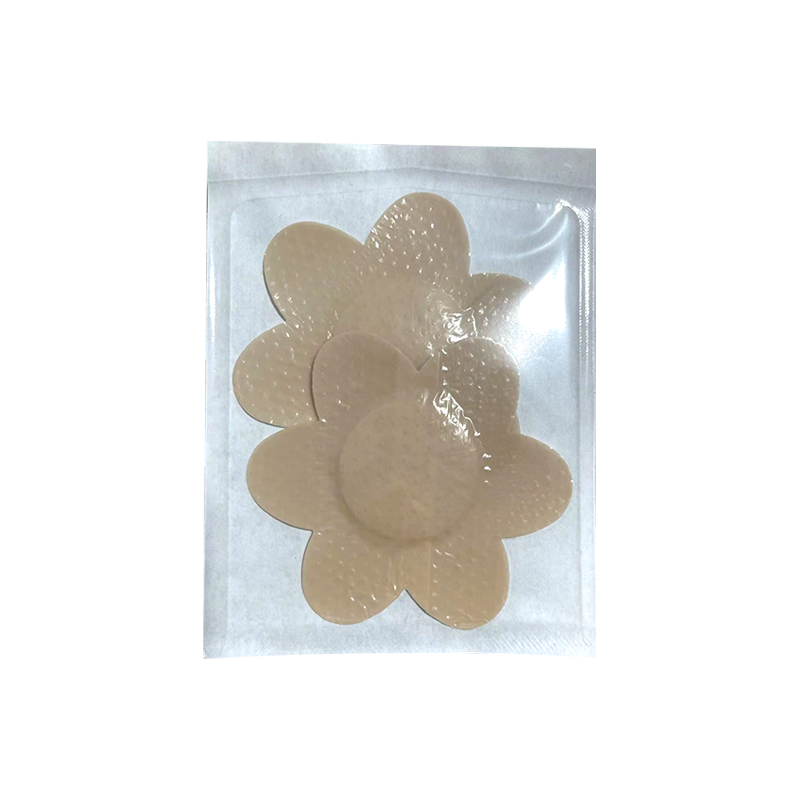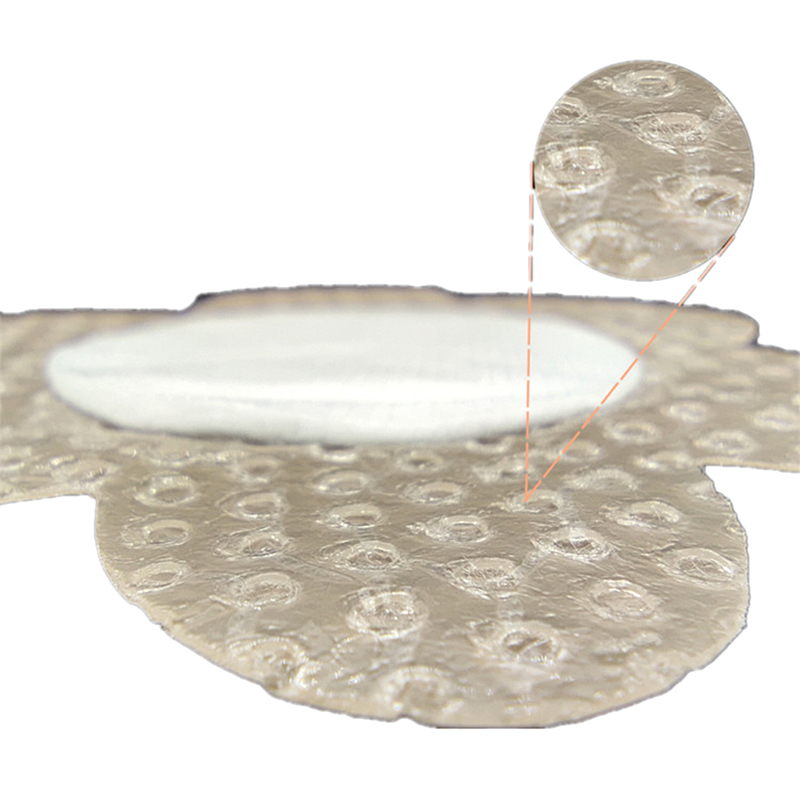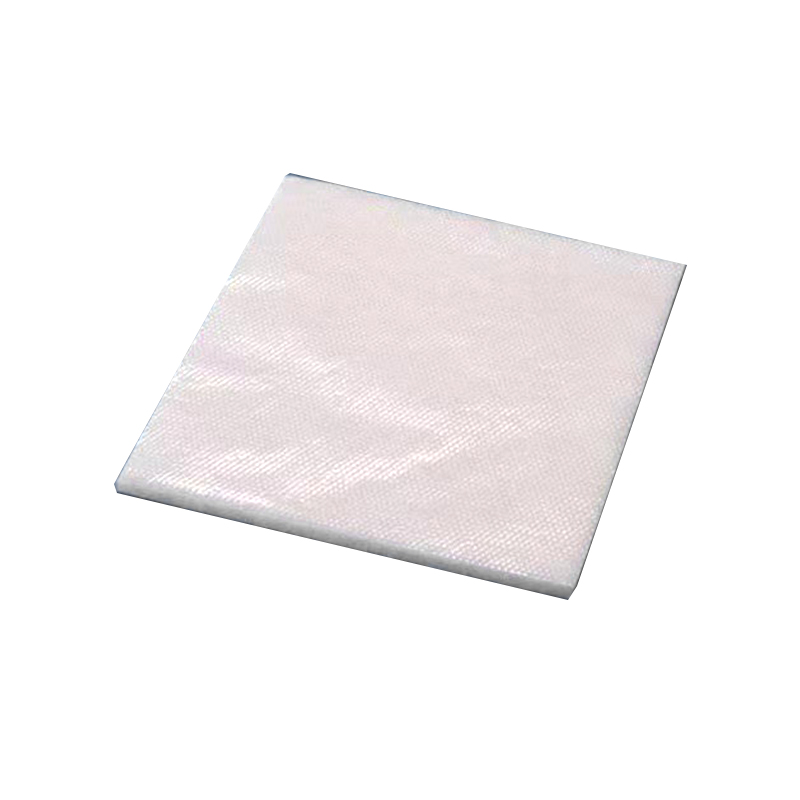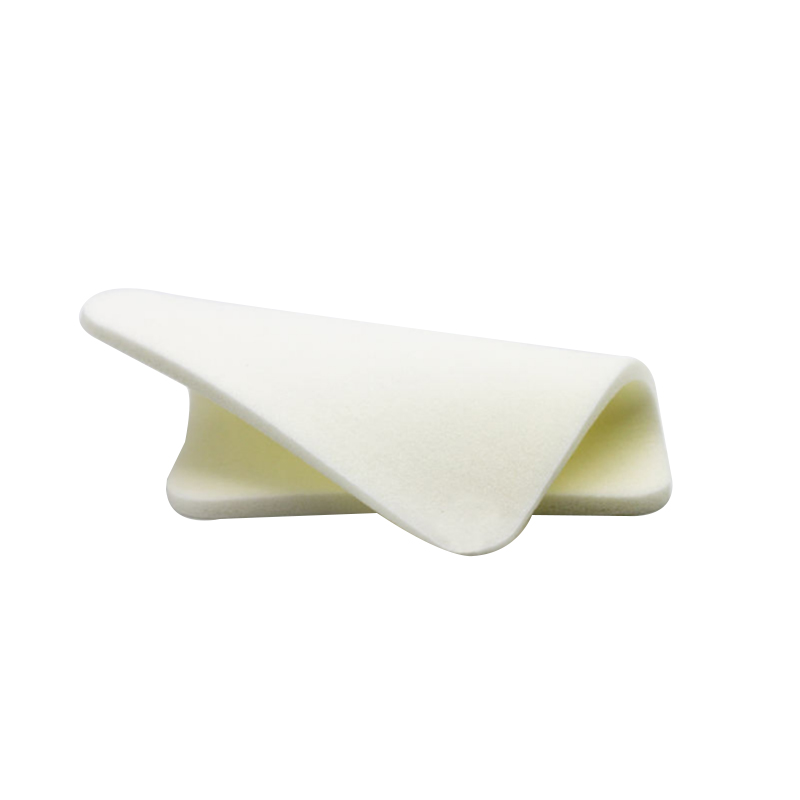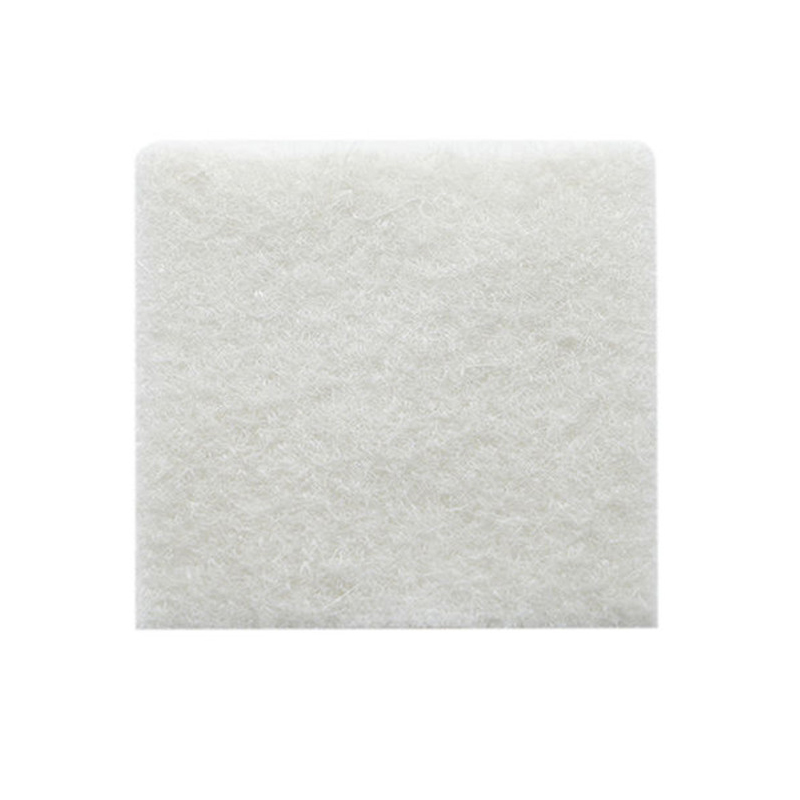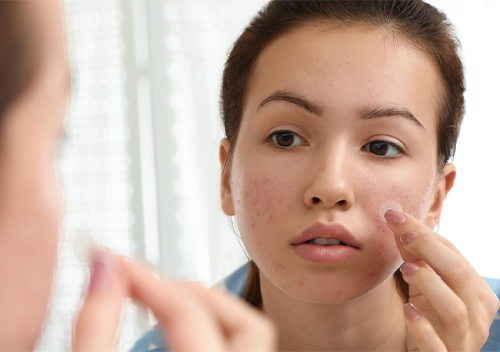Ningbo Hysent Medical Technology Co., Ltd.'s innovation and development in advanced wound dressings
Ningbo Hysent Medical Technology Co., Ltd. is an advanced wound dressing manufacturer that focuses on the research and development, production and customization of medical dressings and care products. The company has passed CE, FDA and ISO13485 certifications to ensure that each product is of high quality and safety. Hysent has always been committed to promoting innovation and technological development, especially in the field of advanced wound dressings, and is committed to providing advanced and customized treatment solutions to customers around the world.
Advanced wound dressing is a type of medical dressing with special functions that are specifically used to promote wound healing, prevent infection, reduce pain and effectively avoid scar formation. Compared with traditional dressings, Hysent's advanced wound dressings use more advanced materials and technologies to provide personalized treatment solutions for different types of wounds. These dressings not only have the characteristics of hygroscopicity, breathability and antibacterial properties, but also provide an ideal moist environment to support the wound healing process, reduce external irritation and improve treatment effects.
Hysent uses modern material technology to develop and produce a variety of advanced wound dressing products that meet clinical needs, including hydrocolloid dressings, alginate dressings, foam dressings, etc. These dressings not only provide patients with a more efficient treatment experience, but also play an important role in improving comfort and accelerating healing. Through precise customized services, Hysent can quickly respond to different market needs and provide customers with exclusive products and solutions to meet the growing global demand.
Key materials and technologies for advanced wound dressings
Hydrocolloid materials: Hydrocolloid materials are one of the core materials widely used in advanced wound dressings. Its biggest feature is that it can form a moist environment and effectively promote wound healing. A moist environment can not only reduce wound cracking and scab formation, but also prevent bacterial invasion, thereby greatly reducing the risk of infection. The hygroscopicity of hydrocolloids is very superior. It can effectively absorb the liquid secreted by the wound, help clean the wound and maintain an appropriate humidity environment, which helps to accelerate wound healing. The surface of the hydrocolloid dressing has a soft texture and can fit closely with the skin, reducing the discomfort caused by external friction. It is also breathable, which can ensure the circulation of air in the wound area and avoid further infection caused by accumulated moisture. Therefore, hydrocolloid dressings not only provide necessary protection for wounds, but also play an important role in promoting the healing process.
Silver ion technology: The application of silver ion technology in wound dressings has a significant antibacterial effect. Silver ions inhibit the growth and reproduction of bacteria by interacting with the cell walls of bacteria, thereby effectively preventing and controlling wound infections. Silver ions can not only fight common bacteria, but also inhibit pathogenic microorganisms with strong drug resistance. Therefore, they are widely used in the care of postoperative wounds, diabetic ulcers and deep wounds. Especially for patients with weak immune systems, the antibacterial effect of silver ion dressings can greatly reduce the risk of infection and promote faster wound healing. Silver ions can also relieve inflammation, reduce wound pain, and make patients more comfortable during treatment. Compared with traditional dressings, silver ion dressings can effectively inhibit the source of infection and accelerate the wound healing process, reduce the occurrence of repeated infections, and are suitable for various types of wounds and trauma repair.
Foam dressing: Foam dressing is a highly hygroscopic dressing widely used in the treatment of large-area trauma. It can effectively absorb wound secretions, maintain a suitable moist environment, and prevent the wound from being too dry. The main feature of foam dressing is that it has a high liquid absorption capacity, which can absorb excessive wound secretions, reduce moisture accumulation around the wound, and thus prevent infection. Foam dressing also provides better physical protection and can effectively prevent the entry of external pollutants and bacteria. For patients with large-area trauma or burns, foam dressings can effectively prevent the wound surface from being stimulated by external friction and pressure, thereby reducing the patient's discomfort and promoting wound healing. Foam dressings can also effectively disperse the surface pressure of the wound and reduce the occurrence of complications such as pressure sores.
Transparent film dressing: Transparent film dressing is a dressing made of thin film material with good air permeability and transparency. Due to the transparent characteristics of transparent film dressings, doctors and nurses can easily observe the healing of wounds without frequent dressing changes, reducing secondary stimulation of the wound surface. This dressing is usually suitable for wounds with shallow wounds and less bleeding, such as small cuts and scrapes. Transparent film dressings have good air permeability, which can help wounds breathe while effectively preventing the invasion of external pollutants. It can also reduce friction on the wound surface and reduce the discomfort of patients in daily activities. The lightness and comfort of transparent film dressings make it one of the commonly used choices in clinical practice, especially for the care of mild trauma.
Alginate dressing: Alginate dressing is a dressing made of polysaccharides extracted from natural seaweed. Its biggest feature is that it has extremely strong hygroscopicity and can quickly absorb a large amount of wound secretions to form a gel-like substance. This process helps to seal the wound, maintain a moist environment, and effectively reduce external stimulation of the wound. Alginate dressings are particularly suitable for wounds with more fluid secretion, such as chronic ulcers, diabetic ulcers, and deep wounds. Its working principle is to form a gel by combining with calcium ions in wound secretions. This process can seal the wound and maintain a suitable moist environment, promote wound healing and reduce the risk of infection.
The role and clinical application of advanced wound dressings
Promote wound healing: One of the main functions of advanced wound dressings is to promote rapid wound healing. By providing a suitable moist environment, it can accelerate the regeneration of skin cells, reduce scab formation, and shorten the healing time of wounds. In addition, a moist environment can also increase local blood flow and enhance the immune system's ability to fight bacteria and other sources of infection.
Reduce the risk of infection: Wounds exposed to the air are prone to infection, especially deep trauma, burns, postoperative wounds, etc. Modern advanced wound dressings are usually equipped with antibacterial materials (such as silver ions or natural antibacterial substances), which can effectively prevent the invasion of external bacteria and reduce the probability of infection. This is particularly important when treating high-risk patients such as diabetic foot ulcers and postoperative wounds.
Relieve pain and discomfort: Many wound patients experience severe pain or discomfort during the healing process. Advanced wound dressings can relieve patients' pain by relieving friction, reducing pulling sensation, and stabilizing the wound environment. For example, the use of hydrocolloid dressings can effectively reduce the contact between the wound surface and the outside world, thereby relieving pain and discomfort.
Reduce scar formation: Scar formation is often inevitable during wound healing, especially in larger or deep wounds. Advanced wound dressings can effectively reduce the risk of scar hyperplasia by providing an ideal healing environment. With the right moist environment, the dressing can promote the synthesis of collagen in an ideal way and reduce the formation of irregular scars.
Improve the quality of life of patients: The application of advanced wound dressings can not only accelerate wound healing, but also significantly improve the quality of life of patients. Because these dressings are usually more comfortable and convenient, patients can have a better comfort experience during treatment. For example, transparent film dressings can help patients keep their wounds clean and hidden, helping them to continue their daily activities.

